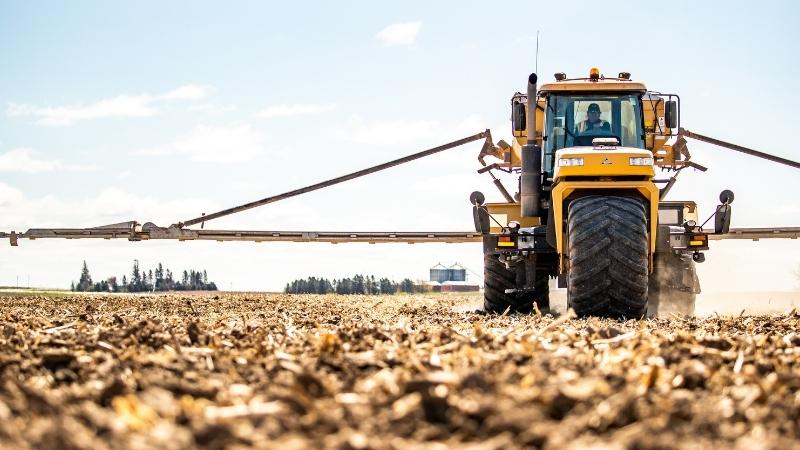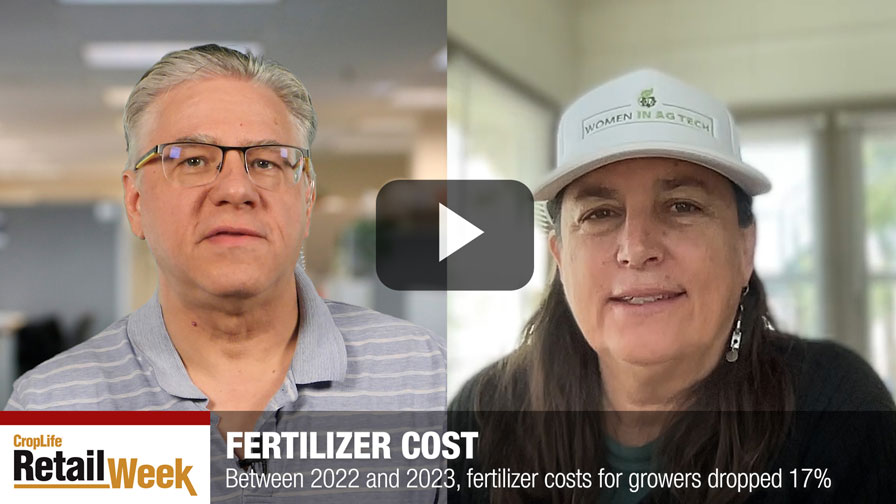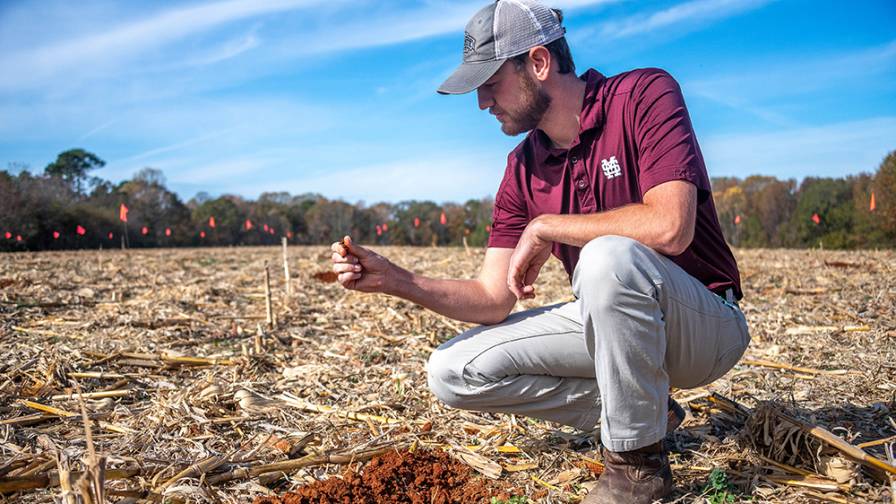Opinion: No Farm Bill, No Problem
The expiration of the provisions of the 2008 farm bill on September 30 would seem to be a national catastrophe, at least according to a broad coalition of U.S. farm groups, Senator Debbie Stabenow (the chair of the Senate Agricultural Committee) and Department of Agriculture Secretary Tom Vilsack. So what cold, hard threats to the farm sector’s future do we face over the next three months?
According to Secretary Vilsack, first on the list are the dairy subsidies provided under the Milk Income Loss Contract Program, but no subsidy payments were made under that program in September and they would be less likely to be available over the next three months even if the program were continued because feed prices typically decline when corn is harvested in October and November.
Next up: a suspension of the provision of public monies for research on organic and other specialty crops that “expand economic opportunities for producers of fruits, vegetables, and nuts.” Would the foundations of U.S. agriculture be shaken by a delay of two or three months in implementing those programs? Well, perhaps not: some graduate students and researchers at land grant universities may experience an interruption in their stipends and ability to obtain supplies — no fun at all for them, but truly not Armageddon for U.S. agriculture.
Batting third? Funding for the Market Access Program and other programs designed to boost U.S. agricultural exports. These programs partially or completely underwrite efforts to sell crops in other countries through technical assistance or direct marketing efforts. Will Egypt or Taiwan stop buying U.S. wheat or China abandon U.S. soybeans just because efforts under those programs will slow down for a few weeks? Probably not, although some farm lobbies claim that any lost export sales will spell long-run ruin.
And in the clean-up spot: food aid provided under the Food for Progress Program. But the program doesn’t expire until December 31, although acquiring funds to pay for shipping costs may be more difficult. And funding for most other food aid programs is not tied to the 2008 farm bill.
How important are total annual expenditures on all of these “under threat” programs? Less than one percent of total farm bill spending.
It really is very hard to believe that short-term interruptions to these programs provide a compelling reason for Congress to be steam-rolled into a new farm bill during the lame-duck session in November and December, especially one as potentially expensive as either the Senate or House Agricultural Committee draft proposals. And in fact Congress can always follow the path it pursued in late 2007 and early 2008 by simply extending the provisions of the current farm bill for a few weeks at a time.
Of course, that is exactly what the U.S. farm lobby does not want. Their view seems to be, “Let’s do anything we can to get a new five-year farm bill now, before Congress gets serious about a deficit reduction plan. Otherwise, our American Boondoggle farm subsidies, mainly targeted to large and rich farm operations, may actually have to take a real hit.”
Finally, perhaps it is worth remembering why the various 2008 farm bill provisions have not already been extended. When the House leadership offered an extension of the 2008 farm bill in late July, coupled with the provision of funding for three livestock disaster aid programs, the farm, nutrition program, and environmental lobbies all combined to unanimously reject that option. So the moderately irritating hair-shirt interruptions in a very small number of programs about which farm groups are now complaining is a shirt they have made for themselves.
Vincent H. Smith is a visiting scholar at the American Enterprise Institute and an agricultural economist at Montana State University. More information about AEI’s work on the farm bill can be found here.






